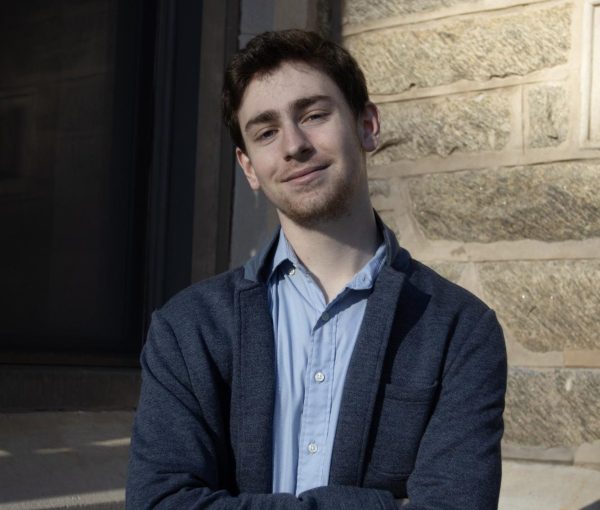Two national championships in the span of three years garner much publicity from the mainstream media and attract many aspiring college applicants. What do three straight disappointing seasons and an heir apparent turned fired coach do?
It’s a question that likely won’t be answered with the incoming Class of 2029, as the admission cycle wraps up this week but looking at years to come, it will be a statistic to be revisited. In terms of getting eyeballs and applicants to a school, sports is king. The University of Georgia had a 46% (13,131 admitted out of 28,524) acceptance rate in 2020. But after winning two national titles in college football in the 2021 and 2022 seasons?
That number dropped in the 2022 admissions cycle, with the number of applicants almost doubling and Georgia downsizing to a 35% (15,340 admitted out of 43,700) acceptance rate. UConn, the reigning back-to-back national champions in basketball, has also seen its number of applicants skyrocket from 40,894 applicants in 2022 to more than 62,000 in this year’s admissions cycle. And while Villanova is far from the same stature in football that Georgia is, Villanova’s basketball has led the way in a pretty similar way to UConn’s recent success, both in admissions and on the court.
In 2015, Villanova had a 48% acceptance rate, but that soon plummeted to just 27.7% (6,338 out of 22,880 applicants) accepted in the 2019 admissions cycle, with the number of applicants also steadily increasing, just after Jay Wright’s Wildcats won two championships in 2016 and 2018.
A 2018 Forbes article covering the effect of March Madness success on admissions also noted a staggering 21% increase in applicants after Villanova won the 2016 championship, from 17,266 applicants up to 21,095 post-title win. In 2022, The Villanovan covered the drop in acceptance rate, with two students saying that Villanova’s basketball success both inspired and pushed them to apply and commit to ‘Nova Nation.
Even with the Class of 2028 six years removed from Villanova’s last national championship, those selective statistics can still be seen as numbers have never reached that 48% acceptance mark again, as that cycle saw Villanova have a 23.5% acceptance rate. But now after missing March Madness three straight years and the firing of Kyle Neptune as head coach, a dip in applicants could be seen in future admission cycles if the program does not return to national prominence.
For students graduating in 2025 up until 2028, only one grade of students has seen Villanova make the NCAA Tournament. Basketball may not have been the main deciding criteria in applying and/or coming to Villanova for current students, but it certainly impacted it.
“Obviously it wasn’t the main factor of coming here, but everyone I talked to who had gone to [Villanova] always talked about how the basketball games were the highlight of their winters because of how good the team was and how fun the games were,” sophomore Justin Sebelin said. “It’s unfortunate that students now haven’t got to experience that joy because the program has not been successful since Jay Wright left.”
Now with a coaching search and a team that has stalled after two decades of widespread success, questions do arise about how that will impact future applicants. Might they be more inclined to go to a school with more national prominence? A school with sports success? While there are many questions, current students like Sebelin, however, still hope for a return to prominence for the team.
“Hopefully, we are able to get back to the Villanovan standard, so students can once again experience being one of, if not, the best team in the nation,” Sebelin said.
Neptune’s firing, however, also does come at an auspicious time in terms of applicants to Villanova, as both admissions personnel and the Villanova administration have been vocal in how bigger classes for incoming students are to be expected. Back in October, Executive Director of Undergraduate Admission Matthew Harris told The Villanovan that beginning with the Class of 2029, the University will likely be bringing in bigger classes of first-year students.
This comes with the soon-to-be reopened Cabrini campus and expansion of Villanova’s campus under the master plan announced last summer. Those factors could offset the drop in national coverage on Villanova without as renowned a basketball program as it had during the Jay Wright era.








